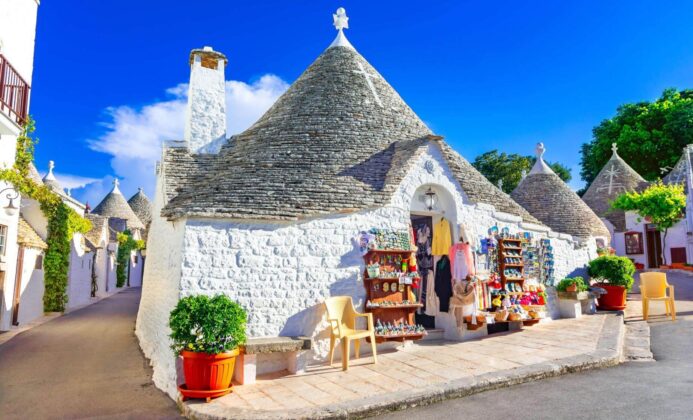How the National Ballet of Ukraine and HUMANITE Are Inspiring Hope and Healing Amidst War
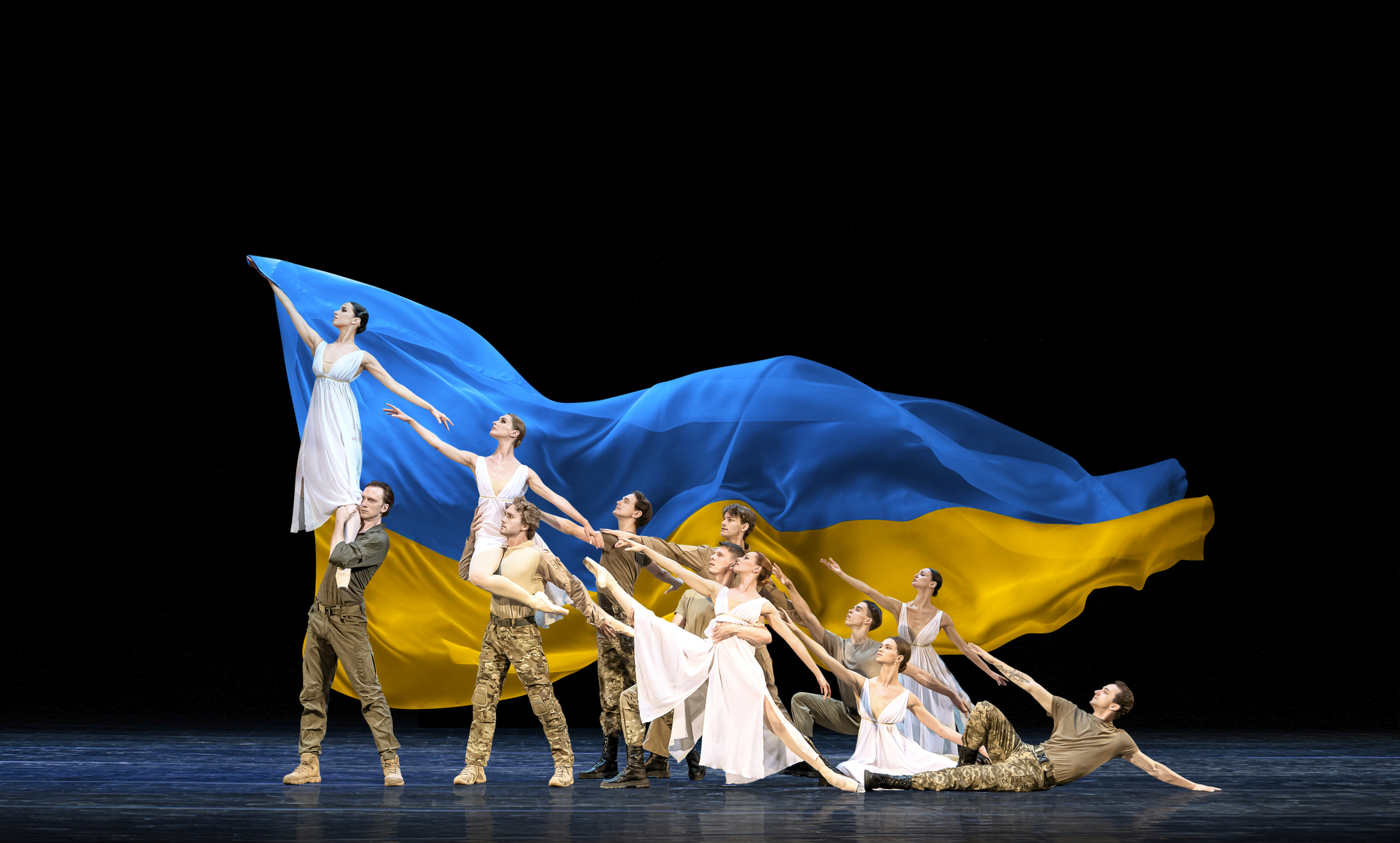
As the world grapples with the horrors of war, few things can pierce the darkness like the delicate grace of a dancer’s leap. It’s a scene that encapsulates both fragility and strength—where each movement on stage represents not just artistic expression, but a poignant declaration of resilience. This October, the National Ballet of Ukraine, one of the world’s most esteemed ballet companies, will embark on its first-ever U.S. tour. Their journey is more than a series of performances; it is a beacon of hope for a nation torn apart by conflict. Amidst the ongoing turmoil in Ukraine, these dancers have become cultural warriors, preserving the heart and soul of their homeland through the universal language of ballet. Behind this monumental tour is HUMANITE, an organization founded by those who know the ravages of war all too well. Jeremy Courtney, CEO of HUMANITE, is determined to ensure that the proceeds from this tour do more than support the arts—they will bring tangible relief to the embattled citizens of Ukraine, turning beauty into action, and art into life-saving aid. The tour is also produced and presented by Princeton Entertainment Group, HUMANITE, and The Edward E. Haddock, Jr. Family Foundation.
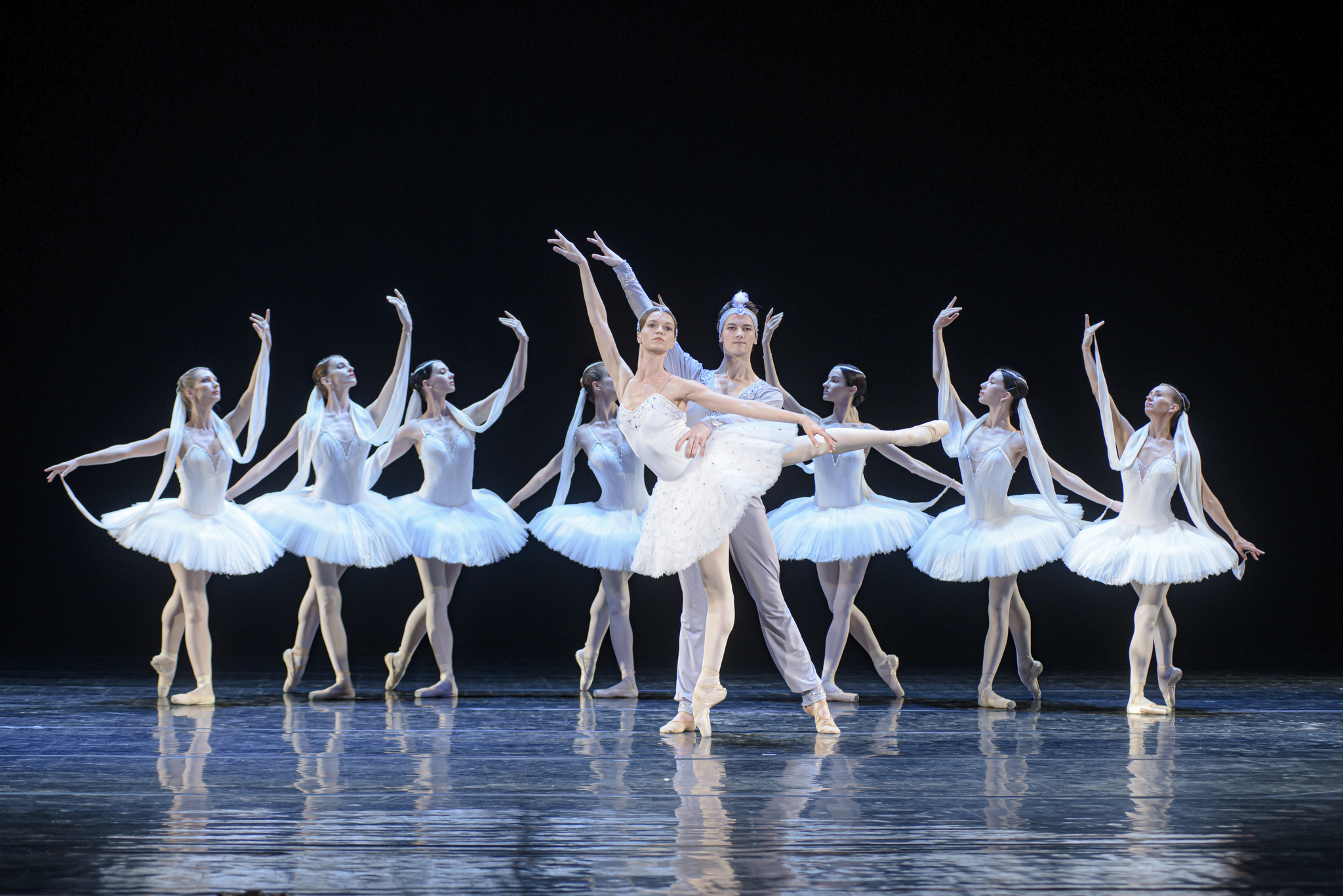
The National Ballet of Ukraine’s U.S. tour is a profound opportunity for the dancers to share their art with the world, demonstrating that Ukraine remains strong and resilient even under the most harrowing circumstances. The program will feature some of the most beautiful, challenging, and emotionally gripping pieces from the classical ballet repertoire, including “La Bayadere,” “Giselle,” “The Dying Swan,” “Don Quixote,” and “Harlequinade.” Many of these works have been thoughtfully adapted by Ukrainian choreographers, ensuring that the performances are not only a showcase of technical mastery but also a celebration of Ukraine’s rich cultural identity.

Inlove: How did the idea to partner with the National Ballet of Ukraine come about, and what do you hope this tour will achieve for the people of Ukraine?
Jeremy Courtney: Our team has been working on the frontlines of conflict for nearly 20 years, so we knew that Ukraine would soon fall out of the headlines and the public would lose interest. As attention to the horrors of war waned, we wanted to invite people to appreciate the beauty of Ukraine—its people, culture, and history.
Friends and board members from The Edward E. Haddock, Jr. Family Foundation and The Ginsburg Family Foundation had brought The National Ballet of Ukraine to Orlando for a one-night, Emmy Award-winning performance that raised nearly $1M at the start of the invasion in 2022. We proposed working together to take the show on the road to maintain global interest and raise funds for relief and recovery. You can watch and link to that full performance here:
Inlove: In what ways do you believe art, particularly ballet, can be a powerful tool for healing and resilience in the face of such devastation?
Jeremy Courtney: These classical ballet pieces tell everyday stories of love, temptation, betrayal, and grit. While we may not all understand what it’s like to live through endless airstrikes, we can all relate to the temptation to take something that’s not ours, to duplicity, Faustian bargains, and unrequited love.
There’s a magic that happens in the room as audiences weep at the destruction caused by Russian airstrikes, cheer at the joy of their Ukrainian neighbors refusing to be erased, and link arms to build bomb shelters and underground classrooms.
This isn’t a show you can just sit back and consume; there’s too much at stake. The dance transcends the stage, and we come to understand that we’re all already involved. It asks: “What’s your next move?”
Inlove: Can you share a story or moment that encapsulates the spirit of the Ukrainian people during these challenging times, and how HUMANITE is working to support them?
Jeremy Courtney: Oleksandr Shapoval was one of the company’s most distinguished dancers and one of Ukraine’s most honored artists. When the war broke out, he could have gone anywhere in the world and been happily welcomed at any national company. He could have fled into hiding. He could have given up. Instead, he volunteered to serve in the Ukrainian military and was killed in battle near Mayorsk, Donetsk Oblast, on September 12, 2022, at the age of 47. His story encapsulates all that is both beautiful and tragic about the spirit of Ukrainian resilience, forged through centuries of oppression and a longing to be free.
Inlove: How has HUMANITE’s mission evolved since the outbreak of the war in Ukraine, and what are the current priorities in your efforts?
Jeremy Courtney: At this point in the interview, I should probably let everyone know how to pronounce our name. HUMANITE sounds like “dynamite” and points to all the potential we have as humans when we unite. In the simplest terms, we unite people—before, during, and after war. And we do it to stop wars and genocides and make more peace.
We hand out food. We set up shelters. And we rebuild businesses. We even produce international ballet tours. But these are all means of helping people rise above our divisions and find our shared humanity.
There are 900,000 Ukrainian children who cannot return to school due to airstrikes. These are our neighbors, and they didn’t ask to have their childhood stolen. So, on this tour across the U.S., we’re inviting audiences to build bomb shelters and underground classrooms that will last for decades, helping our neighbors get back to school.
Inlove: What do you see as the most significant challenges that war-affected communities face, and how can art help bridge the gap between these challenges and hope?
Jeremy Courtney: A loss of identity is often a major obstacle faced by communities affected by war. Cities and regions once known for their cooking, music, or art suddenly become synonymous with massacres or bombings, laying waste to centuries of dedication and learned experience. Communities are forced to abandon tradition as a means of survival, and then become defined by wars and tragedies they never chose. This severs them from their past, while at the same time making the future seem fearful and untethered.
Maintaining traditions and connections to an artistic past is one way to ensure the continuity of a people, long after the war has ended. Throughout the world, we have seen artists reclaim places once synonymous with arbitrary detention and torture, turning them into green community spaces of remembrance, helping to heal the generational trauma that war often instills. Art has the ability to give people hope, a reason to stay alive, and a desire to protect the world they wish to pass on to their children. It also serves as a means to remind them that they are united by so much more than common enemies.
Inlove: The tour includes groundbreaking technology to enhance the ballet performances. How does this innovation mirror HUMANITE’s approach to addressing the needs of war survivors?
Jeremy Courtney: The stage-size screen technology that we’re introducing on this tour serves to erase the line between the stage and the audience. The LED screens provide a depth of color and perspective unlike anything experienced in the dance world before.
“Depth and perspective” is what HUMANITE aims to unlock in our humanitarian peacemaking work as well. Wars are almost always reduced to black-and-white storylines: good guys vs. bad guys, flat, sweeping caricatures.
Over 20 years of doing this work across Iraq, Syria, Gaza, and Sudan, it has become easier to see how these simple stories manipulate us into accepting—or doing—things we would otherwise think are wrong.
In terms of innovation, there aren’t too many ways to hand out food, shelter, and cash. Maybe we use drones. Maybe a new shelter design gets introduced. But most charities are far more similar in the day-to-day than they would want you to know. What truly sets a charity apart is whether we can carry out these otherwise mundane tasks without succumbing to the conflicts in which we serve. Do we dare love our enemies like we were taught as kids? Or does growing up require us to destroy our own humanity, too?
As Americans, it’s easy to view these wars from our box seats on someone else’s stage. HUMANITE invites you in deeper.
We’re all on stage, caught in this dance together.
Inlove: As someone deeply involved in humanitarian work, how do you maintain hope and inspire others to stay committed to the cause?
Jeremy Courtney: HUMANITE is a collective of refugees, war survivors, donors, and doers—even dancers—around the world. Some of us were born into these conflicts, and we’re dying to solve them. Some of us were transplants. All of us live outside the typical frameworks of the Big Aid system.
Big Aid is a largely hopeless industry. It’s full of people with good intentions, but it is essentially ruled by a Western secularism that is fundamentally out of step with the communities we come from and serve, where traditional values and faith still carry people through. Forgiveness, community, reconciliation, love—these are the values that animate us. And because they are all inherently growth-oriented and forward-looking, hope is a natural byproduct.
Inlove: What message do you hope American audiences take away from this tour, both about Ukraine and the broader human capacity for resilience?
Jeremy Courtney: It’s 84,000 tickets, 42 shows, and selections from 14 different classical pieces…
But I hope audiences walk away realizing that it’s just ONE dance. This is all we get. One life. One shared history. One legacy. If we succeed at our highest level, this will be more than a night of passive entertainment. If we succeed, we’ll all realize that we belong to each other and that our futures are intertwined.
Inlove: HUMANITE is founded by refugees and war survivors, which gives it a unique perspective. How does this influence your approach to both the tour and your broader work?
Jeremy Courtney: Our team of founders has all variously fled their homes, felt the sting of suicide bombings, survived airstrikes, and more. We’ve been through a lot—both together and before many of us ever met. Collectively, we know what it’s like to live in tents, to live off of foreign aid, and to beg strangers for help while grieving an active genocide against your people. When you’ve lived the conflicts you’re dying to solve, you can’t help but see things differently than the foreign aid workers who come on three-month rotations. We set up this tour because we’ve all experienced how long these wars can last… and how quickly the once-concerned, well-meaning public can move on and forget. We know firsthand that too much exposure to the suffering of a certain group of people can end up making it seem normal. So, we wanted to disrupt that. To move the focus off the bombings and the destruction, and re-normalize the beauty of the Ukrainian people. Somewhere over the last decade, the words “refugee” and “immigrant” took on a very negative connotation for some people—a slur. As a team of refugees and war survivors, we want to redeem this idea. We know how.
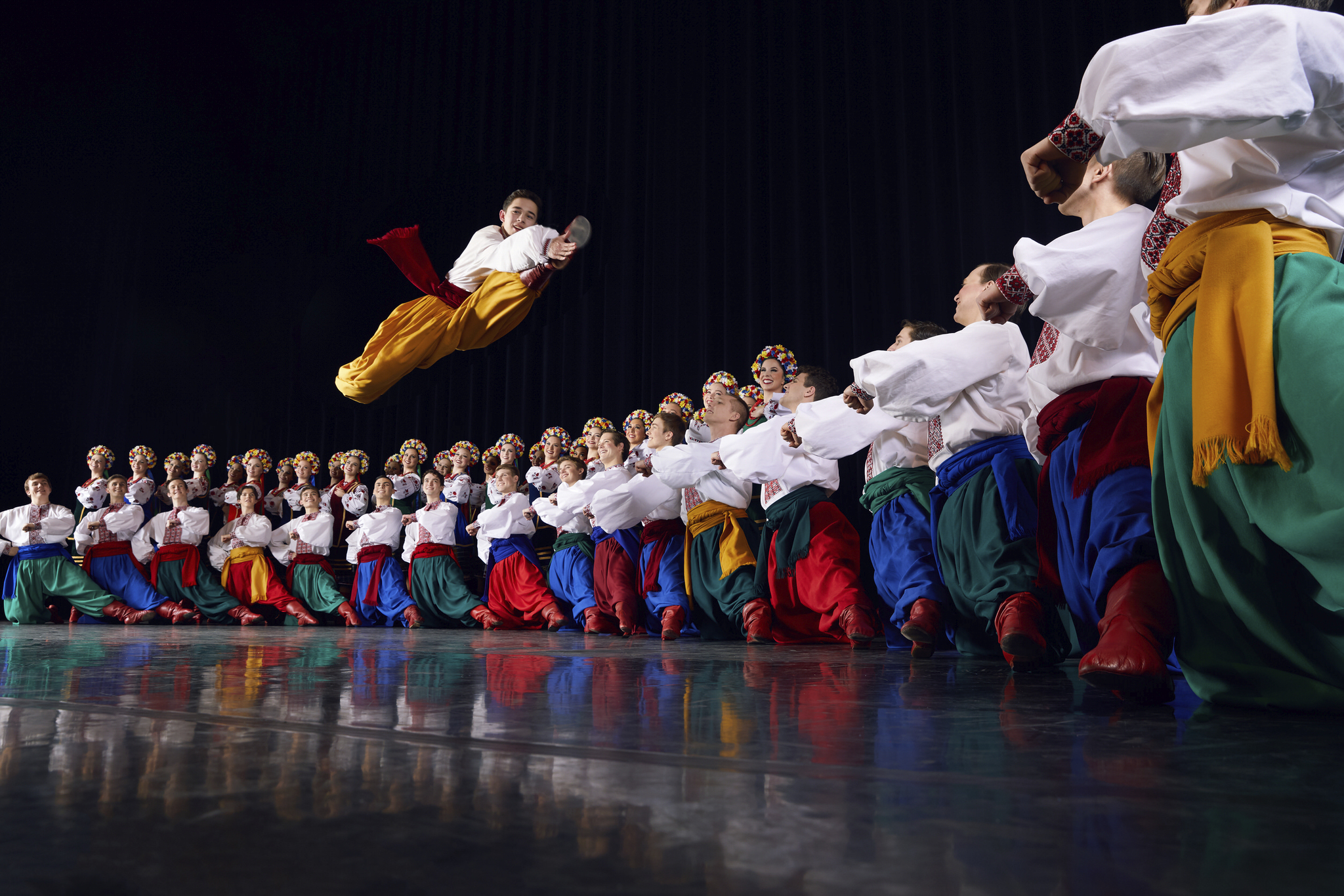
Ukrainian Shumka Dancers: Celebrating Over 60 Years of Cultural Brilliance and Artistic Innovation
Since 1959, the Ukrainian Shumka Dancers have been Canada’s foremost professional Ukrainian dance company, captivating audiences worldwide with their powerful blend of tradition and modernity. Known for their breathtaking dance-theatre productions and intimate concert performances, Shumka has redefined the experience of Ukrainian dance, honoring its roots while pushing the art form into new, inspiring directions. With over six decades of history, they continue to leave an indelible mark on the world stage, showcasing the enduring beauty and vibrant spirit of Ukrainian culture.
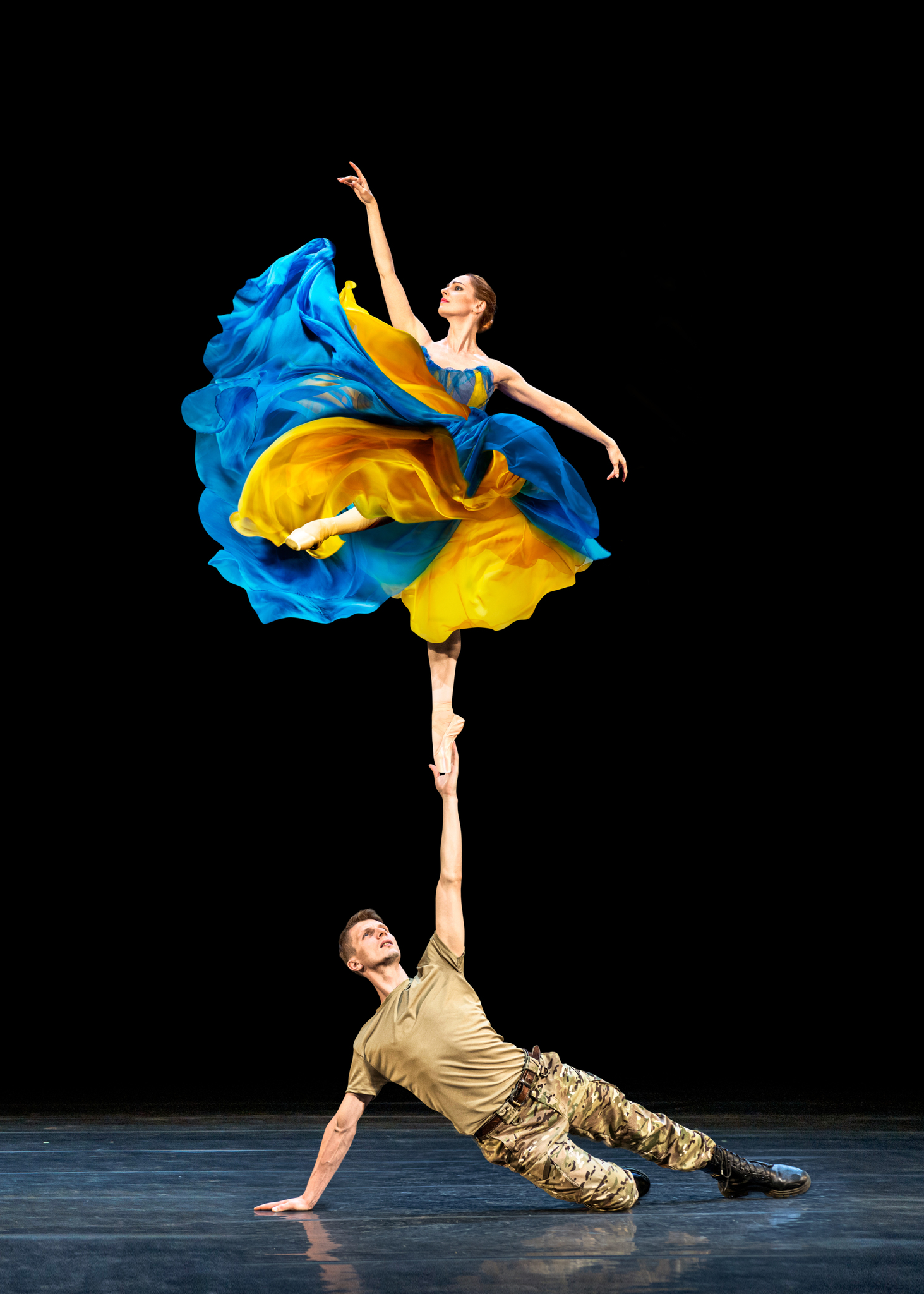
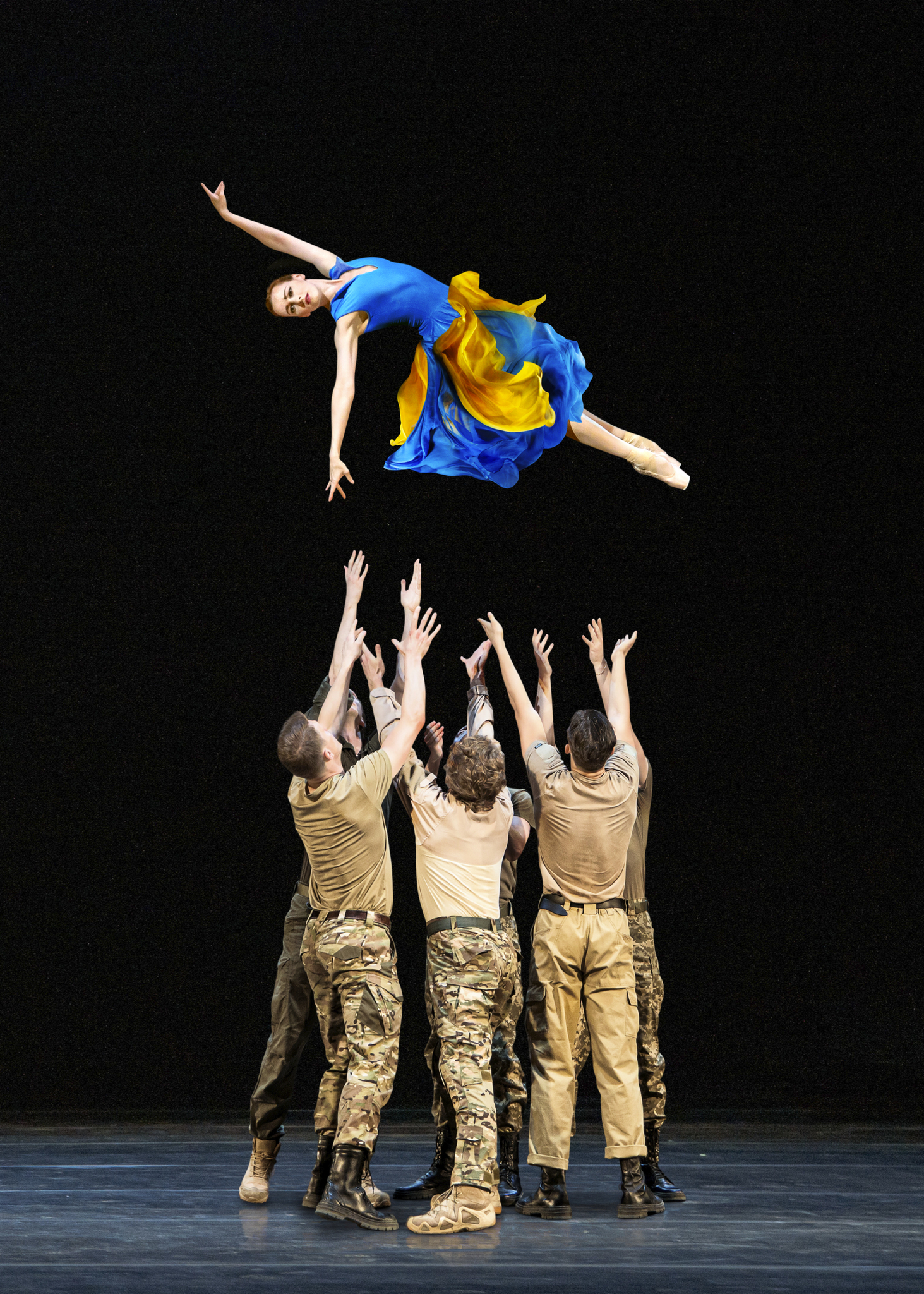
The National Ballet of Ukraine’s U.S. tour is more than a celebration of art—it’s a testament to the indomitable spirit of a people who refuse to be broken. As the dancers perform on stages across America, they carry with them the hopes of a nation and the support of organizations like HUMANITE, who are tirelessly working to bring relief to those affected by the ongoing conflict. Every ticket purchased, every donation made, is a step toward healing and a vote for resilience over despair.
To experience this extraordinary tour, purchase your tickets at nationalukraineballet.com
and contribute to the cause by donating to HUMANITE at humanite.org.
Words by Elle Taylor



